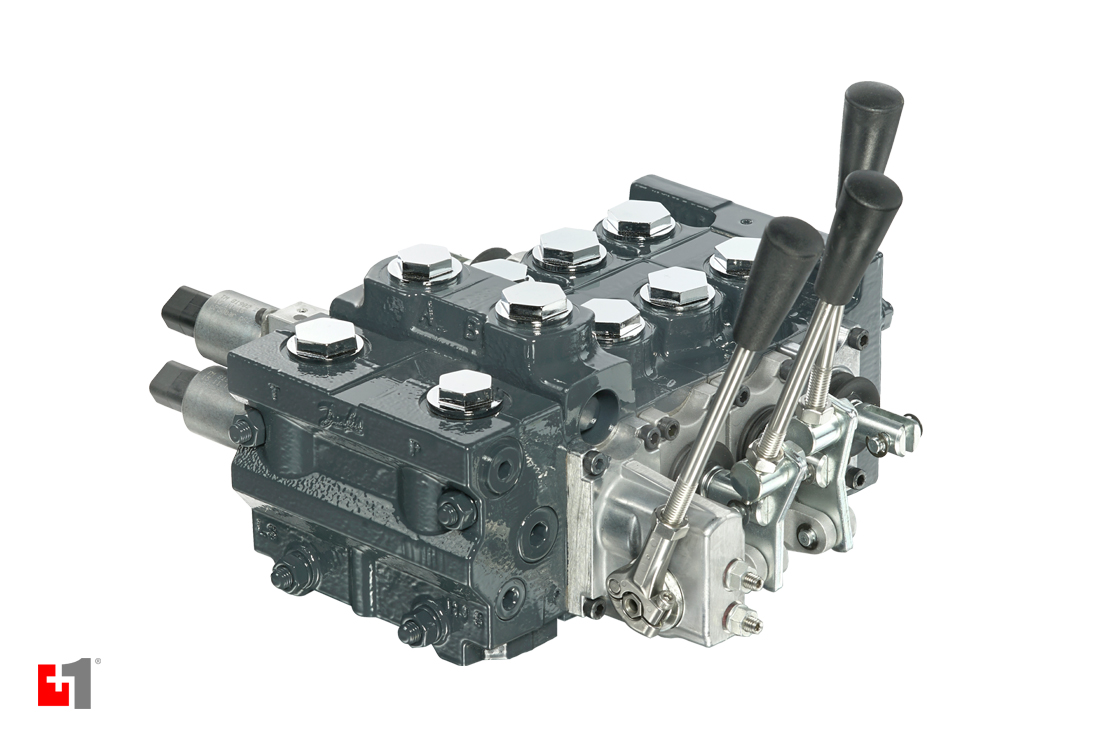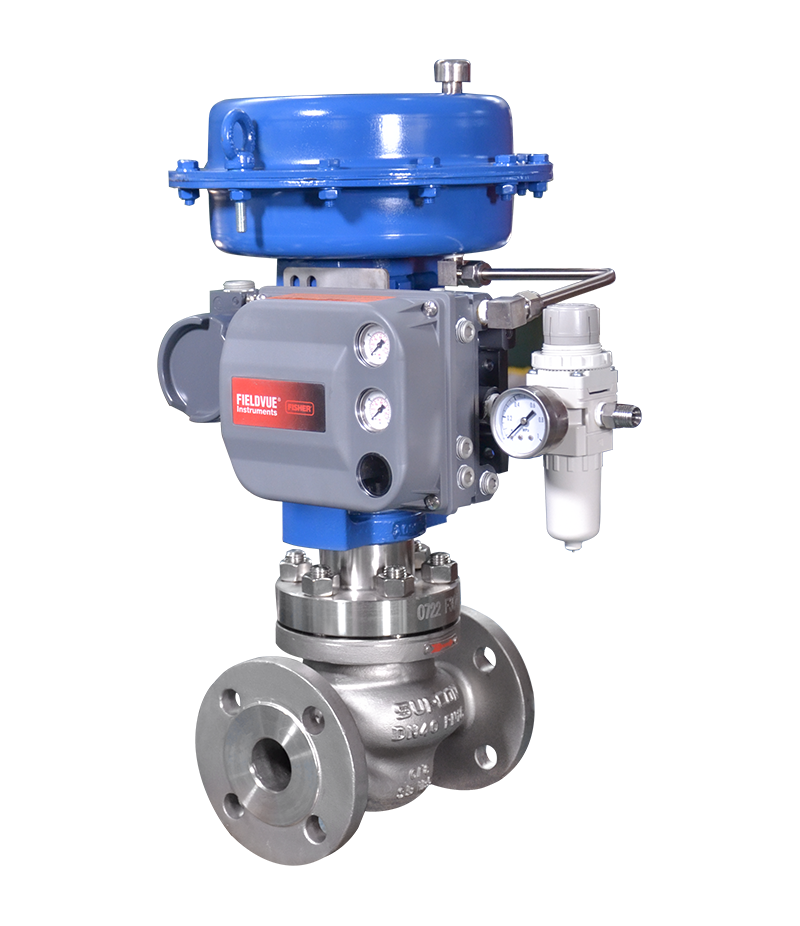
Maximize Power Cost Savings and Convenience With Advanced Structure Automation Controls
In the realm of modern-day design and center administration, the combination of sophisticated structure automation manages stands as a critical improvement. By using the power of automation, buildings can adjust, respond, and advance in ways that were once inconceivable.
Energy Effectiveness Perks
Energy effectiveness advantages can significantly minimize energy intake and operational costs in buildings. Energy-efficient systems, such as innovative structure automation controls, can maximize the use of sources like cooling, home heating, and lights, leading to reduced power costs over time.
Moreover, improved power effectiveness can lengthen the life-span of structure devices and systems. By running more efficiently, HVAC systems, light, and other building elements experience much less damage, resulting in reduced upkeep and replacement costs. Additionally, energy-efficient structures often command higher home worths and rental rates, offering lasting monetary advantages to proprietors.
Additionally, power performance can enhance occupant comfort and efficiency. Effectively regulated indoor environments with optimum lights and thermal conditions produce an even more favorable and pleasant workspace, bring about improved employee complete satisfaction and efficiency. In general, the energy performance benefits connected with innovative building automation controls are complex, incorporating cost savings, environmental stewardship, and owner well-being.
Enhanced Convenience Control
Enhancing comfort control in building atmospheres requires an innovative combination of advanced automation systems for ideal occupant health. By using advanced structure automation controls, facilities can customize the interior setting to fulfill the specific requirements and choices of residents. These systems enable accurate policy of air flow, illumination, and temperature level, creating a efficient and comfy ambience. Occupant complete satisfaction and productivity are very closely linked to thermal convenience, making it vital to have systems in position that can adjust to changing problems in real-time.
By incorporating these innovative controls, buildings can not just improve comfort yet additionally enhance energy performance by enhancing system procedures based on real tenancy and use patterns. Ultimately, prioritizing owner convenience through innovative automation systems leads to a much more delightful and healthier indoor setting.
Operational Efficiency Improvements

In addition, the application of real-time surveillance and analytics tools allows building operators to determine power inadequacies and functional anomalies without delay. By continually keeping an eye on power use patterns and system performance metrics, modifications can be made in real-time to enhance power consumption and ensure peak operational performance. control valves. In addition, including demand feedback approaches into building automation controls can additionally boost functional efficiency by dynamically readjusting energy usage based upon grid problems and pricing signals
Indoor Climate Optimization
Reliable indoor climate optimization is a check this basic aspect of structure automation controls, guaranteeing owners' convenience and wellness while maximizing energy financial savings. By utilizing advanced sensors and controls, developing automation systems can constantly keep an eye on and adjust temperature, humidity degrees, air high quality, and ventilation to create an ideal indoor atmosphere. Preserving comfortable and constant problems not only improves passenger complete satisfaction but additionally enhances productivity and general wellness.
Indoor climate optimization likewise plays a critical function in power effectiveness. By fine-tuning home heating, air flow, and cooling systems based upon real-time information and occupancy patterns, building automation controls can considerably lower power intake - control valves. As an example, executing techniques such as demand-controlled air flow and thermal zoning can aid lessen energy waste while making sure that each location of the building receives the needed conditioning.

Sustainable Setting Development
Building automation controls not useful link only maximize interior climate conditions for power performance and passenger comfort however also lay the structure for creating a sustainable atmosphere with tactical monitoring of systems and sources. By integrating sophisticated building automation modern technologies, such as sensors, actuators, and intelligent software, centers can monitor and readjust energy usage in real-time to lessen waste and minimize their carbon footprint. These systems allow predictive upkeep, recognizing prospective issues before they intensify and maximizing tools performance to improve durability and performance.
Furthermore, sustainable atmosphere creation extends beyond energy management to incorporate water conservation, waste decrease, and indoor air quality renovation. Structure automation controls can manage water usage, spot leaks, and make certain proper garbage disposal practices, adding to overall sustainability efforts. Additionally, by regulating and keeping track of ventilation and purification systems, these modern technologies improve resident wellness and productivity while lowering power usage related to heating and cooling operations.
Conclusion
Finally, progressed structure automation controls deal significant benefits in terms of energy financial savings, convenience control, operational effectiveness, indoor climate optimization, and producing a sustainable atmosphere. By applying these controls, structures can accomplish optimum efficiency while lowering energy usage and improving passenger convenience. It appears that using advanced automation innovation is critical in boosting building performance and developing a more lasting future.
Power performance advantages can substantially lower energy consumption and operational costs in buildings. Generally, the energy performance benefits associated with innovative structure automation controls are diverse, including expense savings, environmental stewardship, and owner well-being.
Furthermore, integrating need reaction approaches right into structure automation controls can even more boost functional performance by dynamically readjusting energy usage based on grid problems and prices signals.
Structure automation controls not only maximize indoor environment problems for power performance and passenger convenience but also lay the structure for creating a sustainable atmosphere through tactical administration of systems and sources.In conclusion, advanced structure automation regulates deal considerable benefits in terms of power savings, convenience control, functional performance, find out this here interior climate optimization, and creating a lasting environment.